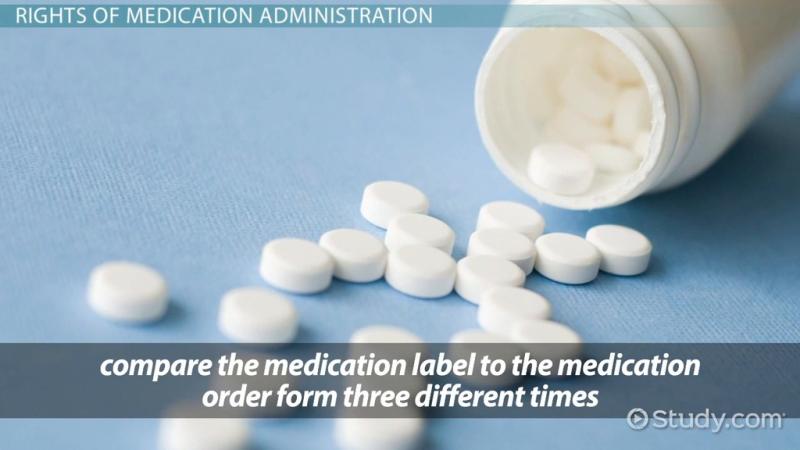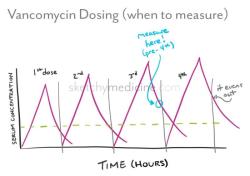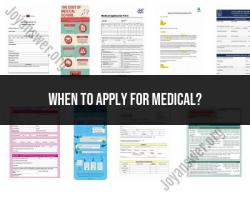What is the definition of medication administration?
Medication administration refers to the process of giving a prescribed medication to a patient by a qualified healthcare professional or, in some cases, by the patient themselves. It involves the safe and accurate delivery of the prescribed medication in the appropriate dosage, route, and timing as directed by a healthcare provider.
Key components of medication administration include:
Prescription and Order:
- A medication is prescribed by a licensed healthcare provider based on the patient's condition, medical history, and other relevant factors. The prescription includes details such as the medication name, dosage, frequency, and route of administration.
Preparation:
- Before administering the medication, the healthcare professional must prepare the medication according to the prescription. This may involve measuring the correct dosage, reconstituting medications if necessary, or preparing injections.
Verification:
- The healthcare professional verifies the patient's identity, checks the medication against the prescription to ensure accuracy, and confirms any potential allergies or contraindications.
Administration:
- The medication is administered to the patient through the prescribed route, which may include oral ingestion, injection, topical application, inhalation, or other methods depending on the type of medication.
Documentation:
- After administration, the healthcare professional documents the details of the medication administration. This includes recording the date, time, dosage, route, and any observations or patient responses.
Patient Education:
- The healthcare professional may provide information to the patient about the prescribed medication, including its purpose, potential side effects, and instructions on how to take it properly.
Monitoring:
- Continuous monitoring of the patient's response to the medication is essential. This may involve assessing vital signs, observing for side effects, and evaluating the therapeutic effects of the medication.
Medication administration is a critical aspect of patient care that requires attention to detail, adherence to safety protocols, and effective communication between healthcare providers. It is designed to ensure that patients receive the right medication, in the right dosage, and through the correct route to achieve the desired therapeutic outcome while minimizing the risk of adverse effects.
Demystifying Medication Administration: Routes, Training, and Patient Safety
1. Precise Definition:
Medication administration is the act of giving or supplying a medication to a patient in a specific dose and by a specific route, following prescribed or authorized orders. It encompasses activities like preparing, measuring, dispensing, and delivering the medication, as well as monitoring the patient for potential reactions.
2. Healthcare Settings:
Medication administration varies depending on the setting:
- Hospitals: Nurses handle most administration, following doctor's orders and protocols.
- Clinics: Nurses or trained staff dispense and administer medications based on physician or nurse practitioner orders.
- Long-term care facilities: Nurses and licensed practical nurses typically manage medication administration for residents.
- Home care: Home health nurses or trained caregivers administer medications under physician supervision.
3. Different Routes:
Medications can be administered through various routes, each with specific advantages and considerations:
- Oral: Most common, convenient, but some medications are not absorbed effectively this way.
- Parenteral: Injection into muscle, vein, or subcutaneous tissue for faster absorption or for medications not absorbed orally.
- Topical: Applied to the skin or mucous membranes (e.g., eye drops, creams).
- Inhalation: Sprayed or nebulized for respiratory conditions.
- Enteral: Through a feeding tube directly into the stomach or small intestine.
4. Training and Qualifications:
Specific qualifications for medication administration vary by country and setting, but generally:
- Nurses: Registered nurses (RNs) and licensed practical nurses (LPNs) receive extensive training in medication administration during their education and practice.
- Doctors: Physicians are trained in medication principles and ordering, but may not directly administer unless necessary.
- Other healthcare professionals: Pharmacists, technicians, and home care aides may require specific training and certification for specific medication administration tasks.
5. Patient Safety:
Accurate medication administration is crucial for patient safety. Errors can lead to adverse reactions, overdose, underdose, and even death. Factors contributing to medication safety include:
- The "Five Rights" of medication administration: right patient, right drug, right dose, right route, right time.
- Clear communication and documentation: Precise orders, labels, and records minimize errors.
- Technology and systems: Automated dispensing systems and barcode verification technology can further enhance safety.
- Training and competence: Ensuring healthcare personnel have the necessary skills and knowledge.
By understanding the definition, routes, training, and importance of accurate medication administration, we can promote better patient safety and healthcare outcomes.
Please feel free to ask if you have any further questions about specific aspects of medication administration.













